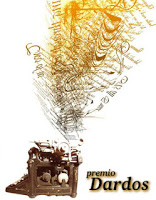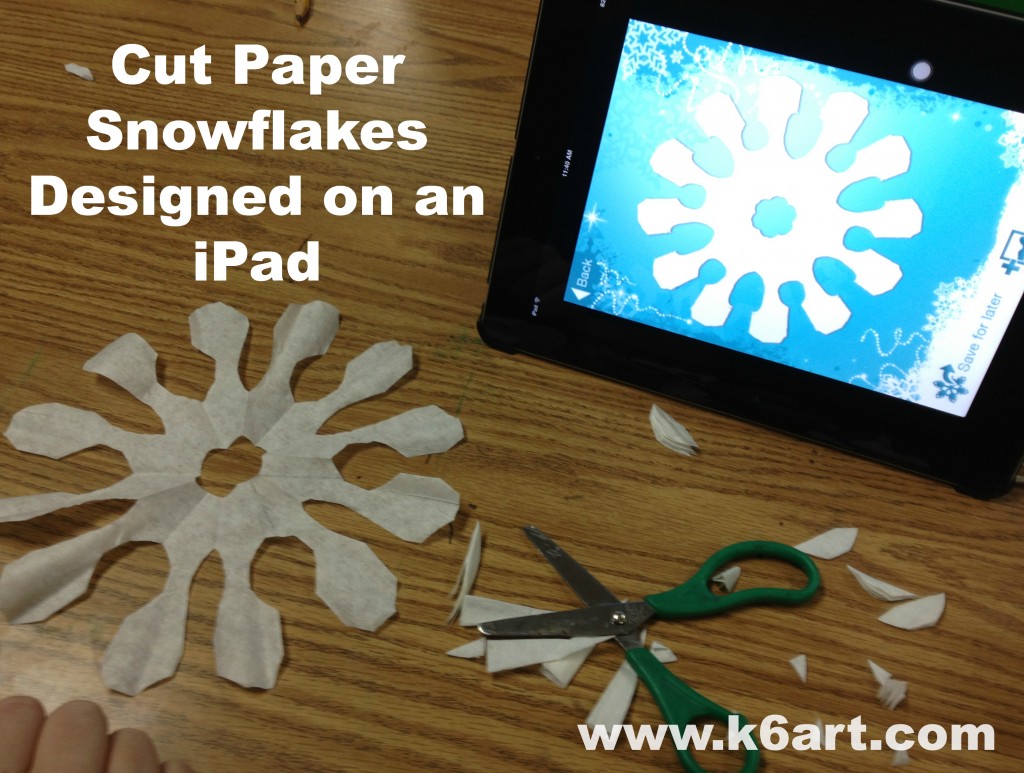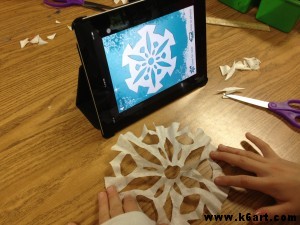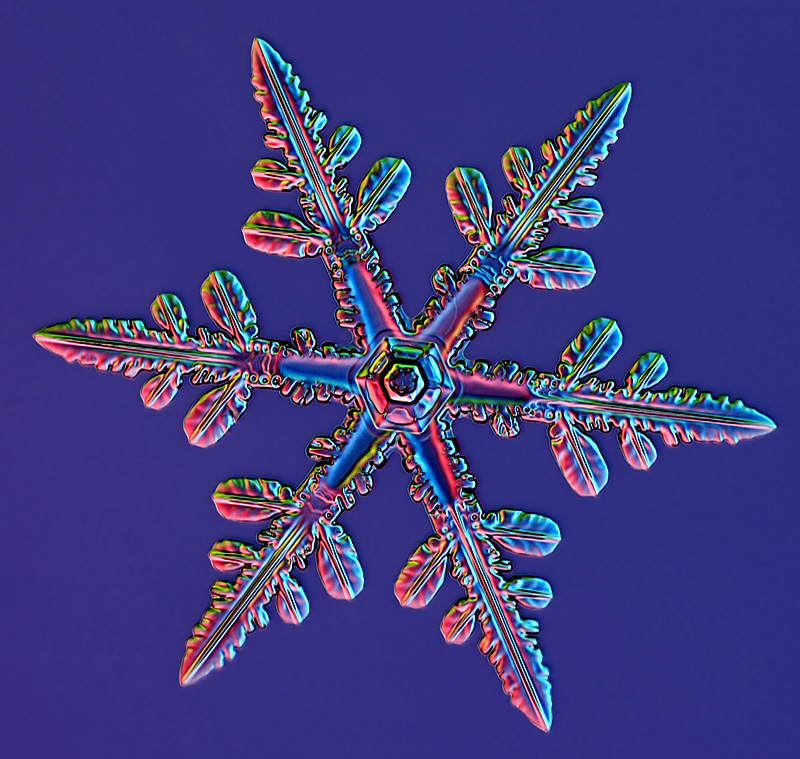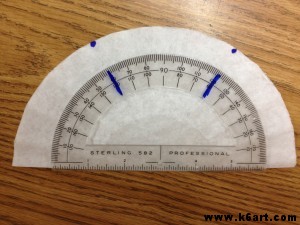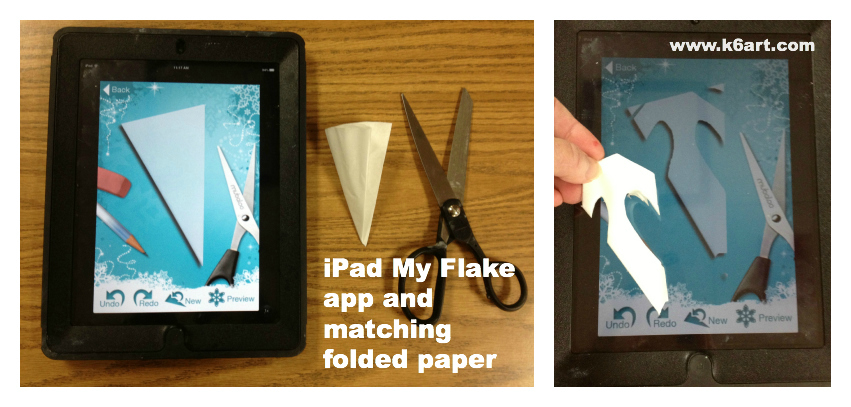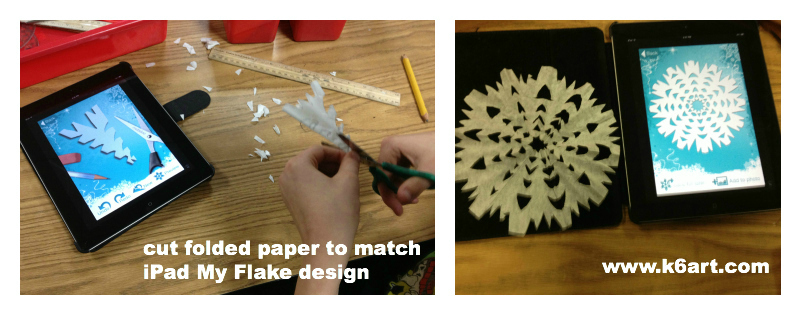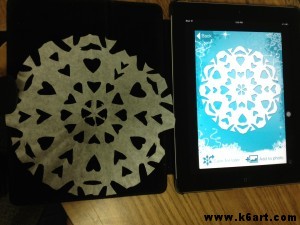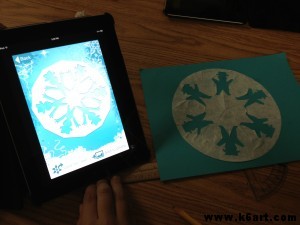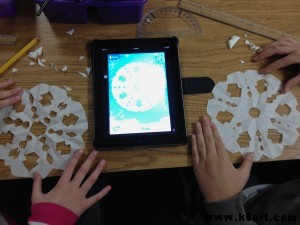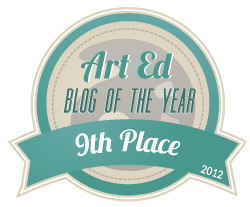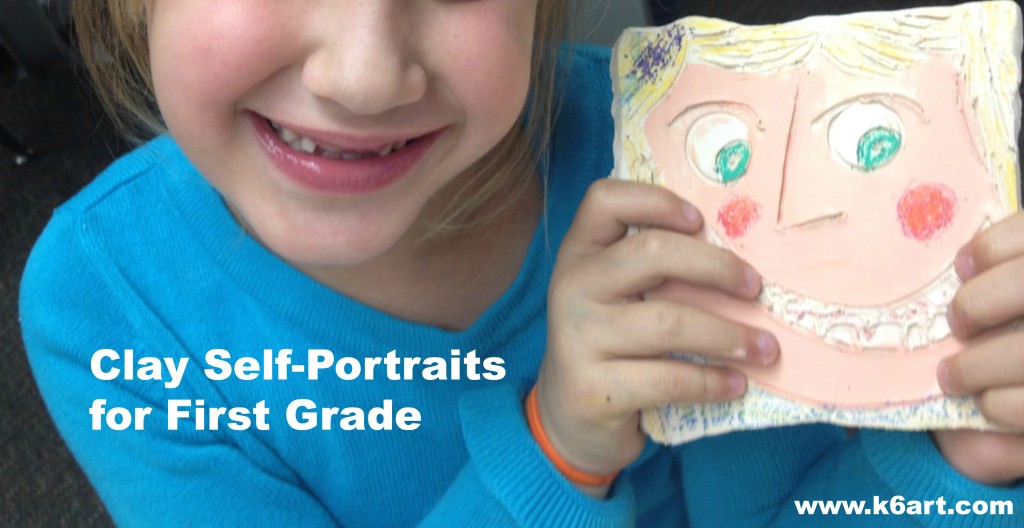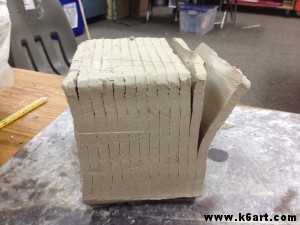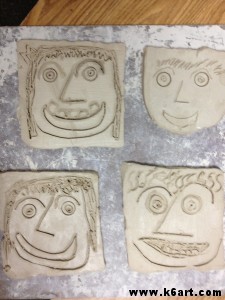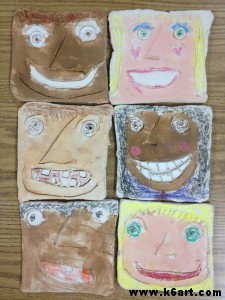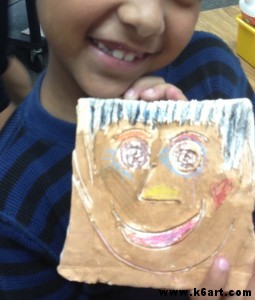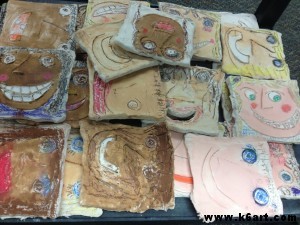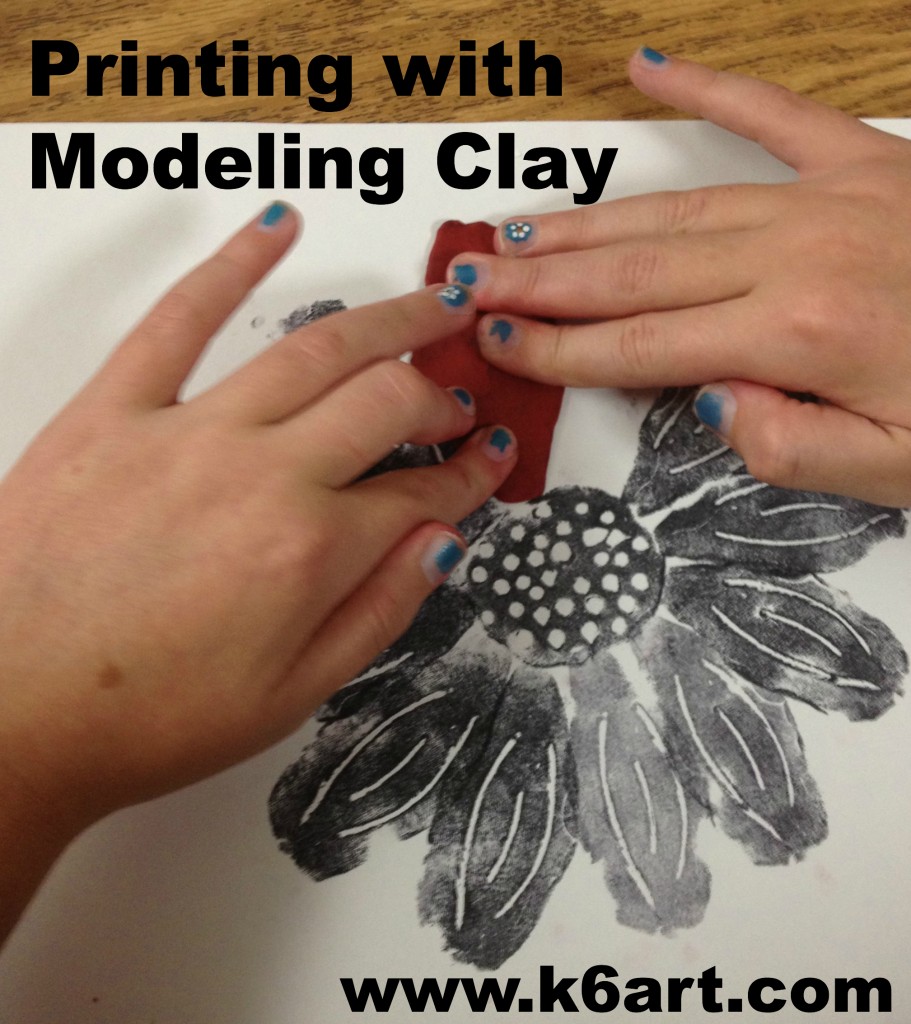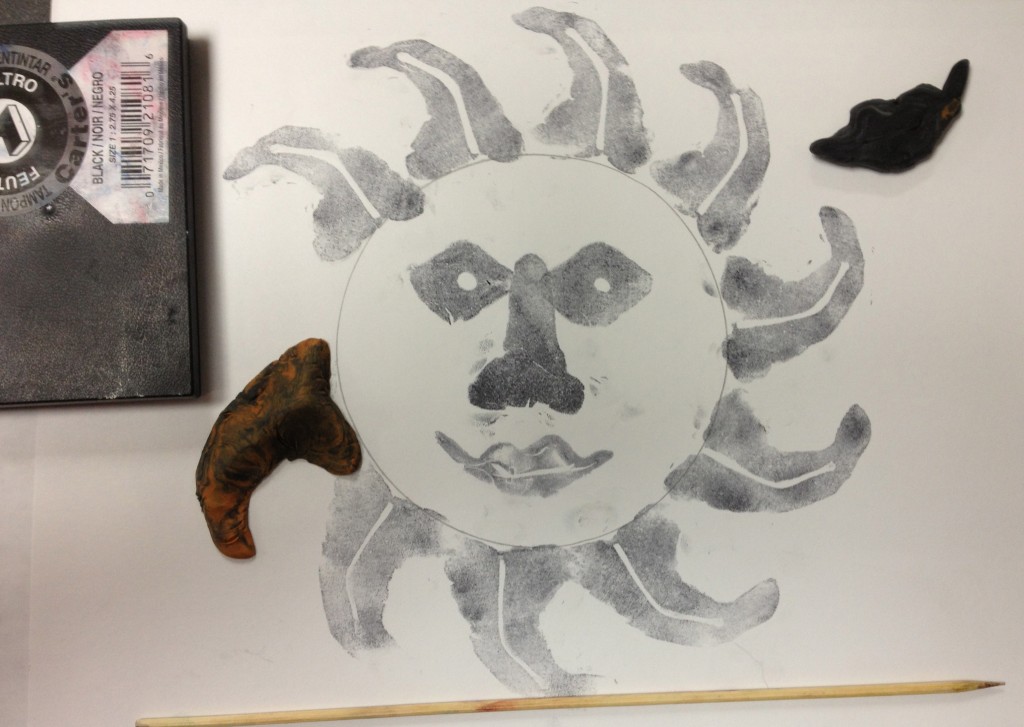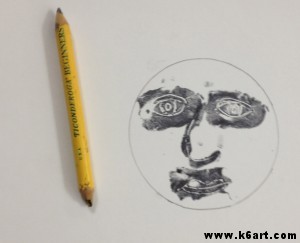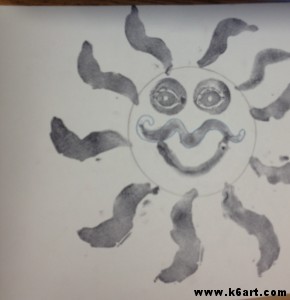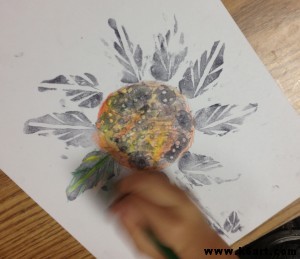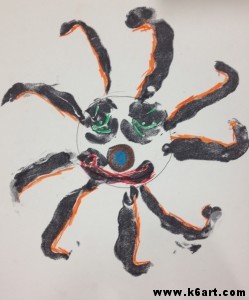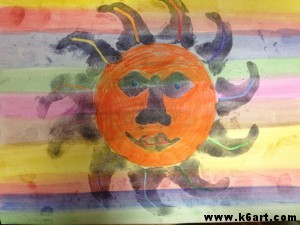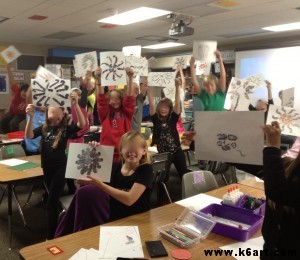Hello from San Diego!
I opened my computer today and found a note from Elizabeth at the wonderful Dream Painters blog. She nominated K-6 Art for a Premio Dardos.
This is a virtual award sent as a ‘gift’ from one blogger to another as “recognition for the creativity, effort and dedication” we each put into our blog. The award originated in Spain around 2008-2009 and has been sent from blogger to blogger ever since.
To accept the award, you simply
- Link back to the person who nominated you
- Display the award icon and
- Nominate others whose blogs you admire for these qualities.
Thanks so much Elizabeth! I am a big fan of Dream Painters. Elizabeth is so positive and enthusiastic. I appreciate the gift.
It is really hard to pick just a few from all the FABULOUS art ed blogs I follow. I’m going to go with the ones I visit frequently. Here they are in alpha order:
- Miss at A Faithful Attempt. Miss has taught at different school around the world, and her projects reflect her travels. Plus she has great step-by-step photos.
- Ted at Art with Mr. E. Among his other great qualities, Ted is really welcoming to all the new art ed bloggers who join this community.
- Tricia at Dryden Art. Tricia is a trailblazer in terms of using technology in the elementary art room, and she shares all her resources with her readers.
- Mollie at Kids Art Market. This is a really well-written, straightforward blog that details the teaching process of each pre-K – 8th grade project.
- Princess Artypants blogs from an international school in Saudi Arabia. Her projects are really creative, and include 3D.
- Anderson at Sala de Arte. Anderson blogs from his art room in Brazil. His projects are very creative, and he puts a lot of effort into photographing them and writing them up. I don’t know of any other art ed bloggers in Brazil.
- Don at shine brite zamorano. Don’s blog is unique – he creates projects based on the work of contemporary artists and illustrators. And he always emphasizes the elements of art in his projects. The man gets 5-6 year olds to include value in their work.
- Phyl at There’s a Dragon in My Artroom. Phyl has a wide variety of projects on her blog, including a lot of 3D such as papier-mâché and cardboard sculpture.
- Joanna at We Heart Art. I have taught several of Joanna’s art project – they were very successful. I keep returning for her cheerful, do-able projects.
Wishing all of you a relaxing end of year and happy start to 2013!

